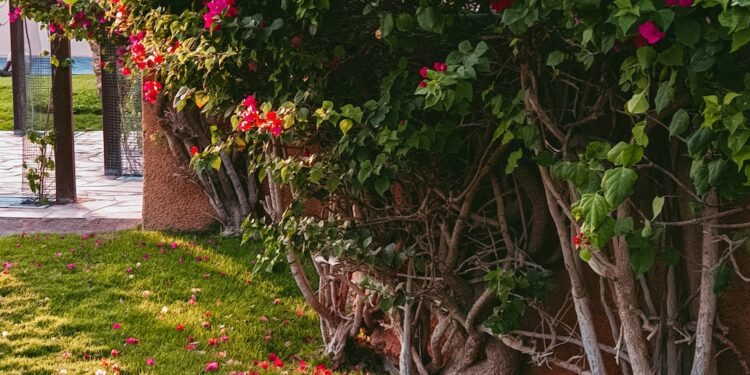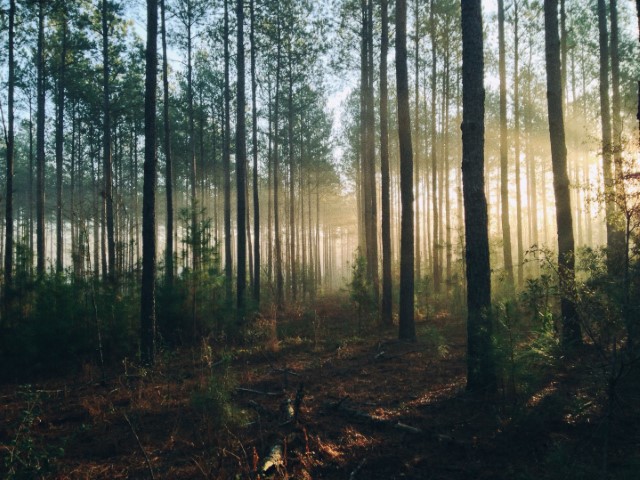Butterflies are a beloved addition to any garden. Their vibrant colors and graceful flight patterns bring joy and a sense of wonder to outdoor spaces. If you want to attract these beautiful creatures to your garden, choosing the right plants is crucial. Creating a butterfly-friendly garden involves careful consideration of the types of plants that will not only attract butterflies but also provide them with food and shelter. In this blog post, we will explore the process of selecting the perfect plants for your butterfly garden.
One great way to start your journey toward a butterfly-friendly garden is by researching the native butterflies in your area. Different species of butterflies are attracted to different plants based on their taste preferences and life cycles. By understanding which butterflies are prevalent in your region, you can choose the plants that are most likely to attract them.
Nectar plants are a vital part of any butterfly garden. These plants provide ample food sources for adult butterflies, which rely on nectar as their primary source of nutrition. When selecting nectar plants, opt for those with tubular flowers, as these are preferred by many butterfly species. Some popular nectar plants include butterfly bush, lavender, milkweed, and zinnias. By planting a variety of nectar plants, you can ensure a continuous food supply for the butterflies throughout the growing season.
In addition to nectar plants, it is essential to include host plants in your butterfly garden. Host plants are specific plants that caterpillars feed on during their larval stage. Female butterflies lay their eggs on these plants, and the emerging caterpillars use them as a food source. By including host plants in your garden, you provide a suitable environment for butterfly reproduction and ensure the survival of future generations.
Different butterfly species have specific host plant preferences. For example, monarch butterflies rely on milkweed as their host plant, while swallowtails prefer plants like parsley and dill. Research the host plants that are preferred by the butterflies in your area and include them in your garden.
Another critical aspect of creating a butterfly-friendly garden is ensuring a variety of plant heights and structures. Butterflies have different flight patterns and prefer plants of varying heights to rest and seek shelter. Including taller plants like sunflowers or tall grasses alongside smaller shrubs or groundcovers will create a diverse habitat that accommodates butterflies of different sizes and preferences.
It is also important to provide suitable conditions for the overall health of the plants in your butterfly garden. Like any garden, proper soil preparation, regular watering, and adequate sunlight are essential. Research the specific needs of the plants you choose and create the right environment to promote their growth.
While selecting the right plants is crucial, there are other factors to consider to make your garden even more attractive to butterflies. Providing a water source, such as a shallow dish filled with water and pebbles for perching, can encourage butterflies to stay in your garden. Additionally, avoiding the use of pesticides and opting for natural methods of pest control will create a safe and healthy environment for butterflies.
Creating a butterfly-friendly garden is not only a delight for the senses but also a significant step toward supporting biodiversity and conservation efforts. By carefully selecting plants that are attractive to butterflies and provide them with food and shelter, you can transform your garden into a haven for these enchanting creatures. As you embark on this exciting journey, remember to research native butterflies in your area, include both nectar and host plants, provide a variety of heights, and maintain suitable growing conditions. With these considerations in mind, your garden will become a butterfly paradise that inspires and delights both you and your visitors.













